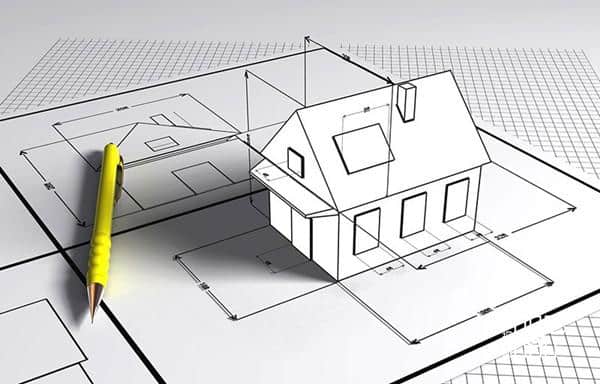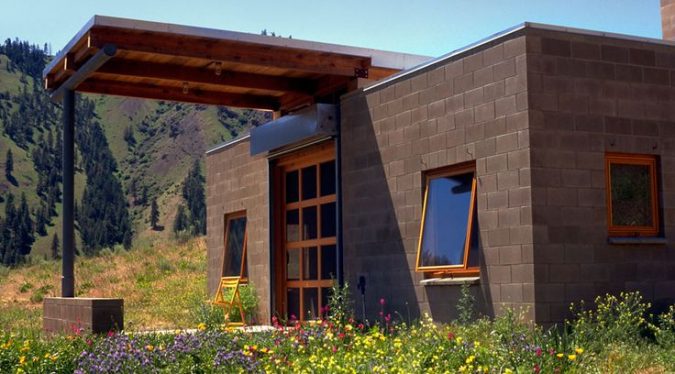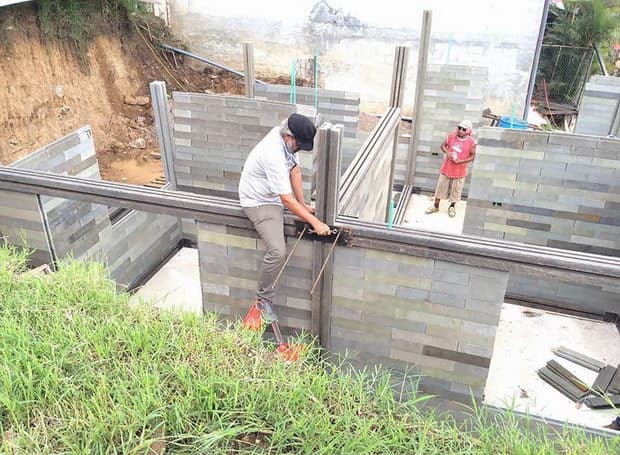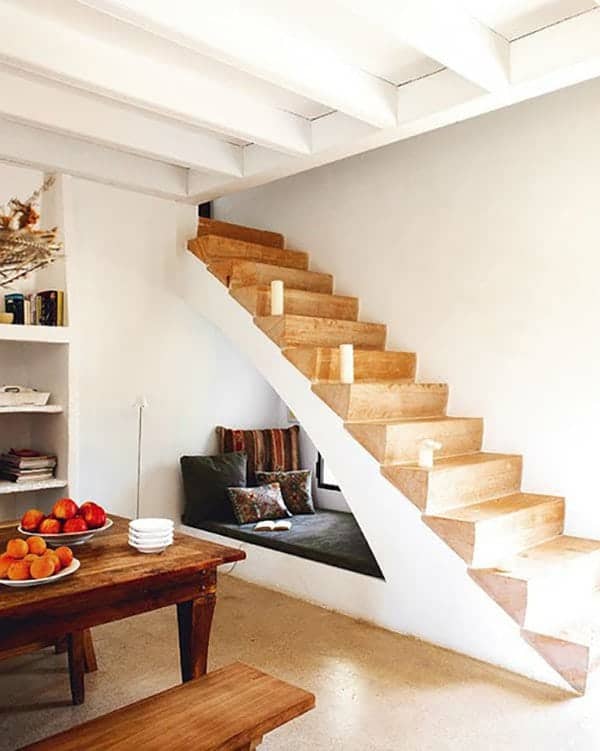 More and more people are considering building their own home because of self-sufficiency. There are initiatives to promote self-construction in an effort to help solve the housing crisis in some countries. A good architecture for your home is not about being out of the conventional or expensive, it is responding to your needs as the occupant. Successful low budget house plans will result in a home that not only will you enjoy living in it every day, but will also meet the requirements of your plans – and an important part of them is your budget. So today in this article we will introduce you some factors to consider to build a low cost home.
More and more people are considering building their own home because of self-sufficiency. There are initiatives to promote self-construction in an effort to help solve the housing crisis in some countries. A good architecture for your home is not about being out of the conventional or expensive, it is responding to your needs as the occupant. Successful low budget house plans will result in a home that not only will you enjoy living in it every day, but will also meet the requirements of your plans – and an important part of them is your budget. So today in this article we will introduce you some factors to consider to build a low cost home.
It’s all in the design and planning of Low Budget House Plans
Most of your cost saving exercises will be carried out during the design and planning phase of the project. A thoughtful design that weighs all the cost ramifications could save you a fortune. It is worth taking the time to find a good architect to make this step well. Their fees are a small percentage of the cost of construction, but the right design can end up saving more money overall (as well as providing you with a home that you will love). So behind every big project is a great architect.
5 Functional Ways to Build a Low Cost Home
With ingenious design and project management, it is possible to build a low-cost house for less than stipulated. The following are some great examples of what can be achieved when planning a self build home budget.
1. Maintain a simple geometry
A surefire way to add additional costs to your self-build is to start with a fussy plan, full of curves and intricacies. The job will represent a large part of your construction costs, so it’s worth questioning every aspect of the design. For every detail or splice, your architect should think: how complex (and costly) is this to build?
2. Carefully consider your method of construction and materials
There is no “cheap” solution here, and you should be weighing this decision against factors other than the cost of materials. Durability, shelf life and maintenance will affect the total cost of your home for a certain period of time. Can you imagine living in this house for the next 25 years? 50 years? 100 years? In these cases, a cheaper construction can not result in the total cost cheaper during its life. A similar argument can be made in ecological constructions.
For example, it might well be worth spending a little more on having a very effective thermal insulation on the walls to keep your heating bills for the next few years practically low. An ecological home built to last can use local stone to provide a sturdy construction.
3. Labor costs
Labor can represent a high proportion of total costs, so you can consider doing it yourself as much as you can. This decision will undoubtedly affect the method of construction by which you go.
For a house of good quality of 100m2, first of all, you must make a budget of labor and construction costs. It may be more expensive to have a prime contractor to build and manage the project, than to go directly to the route of doing it yourself with only some help from some bricklayer pawn.
4. Be efficient with the floor surface
Square meters are, of course, an important contributor to the cost of our construction, and with the help of an architect, it is worth finding intelligent ways to reduce the footprint, but still be able to build the spaces you want. However, you will find that economies of scale come into play so each additional square meter should cost a little less than the previous one.
5. Planning the space to get your house at low cost
Life in open areas is becoming more popular in new homes, and rightly so. It brings more natural light and provides a more sociable living environment. However, large unobstructed spaces can become very costly due to the additional structure (usually steels in the ceiling) required. There are ways around this, like adding columns to reduce steel gaps. These columns or structural walls must be carefully placed to ensure they have minimal impact on the flow of spaces / views, etc. Again, this is where a good architect would come in to advise you.




